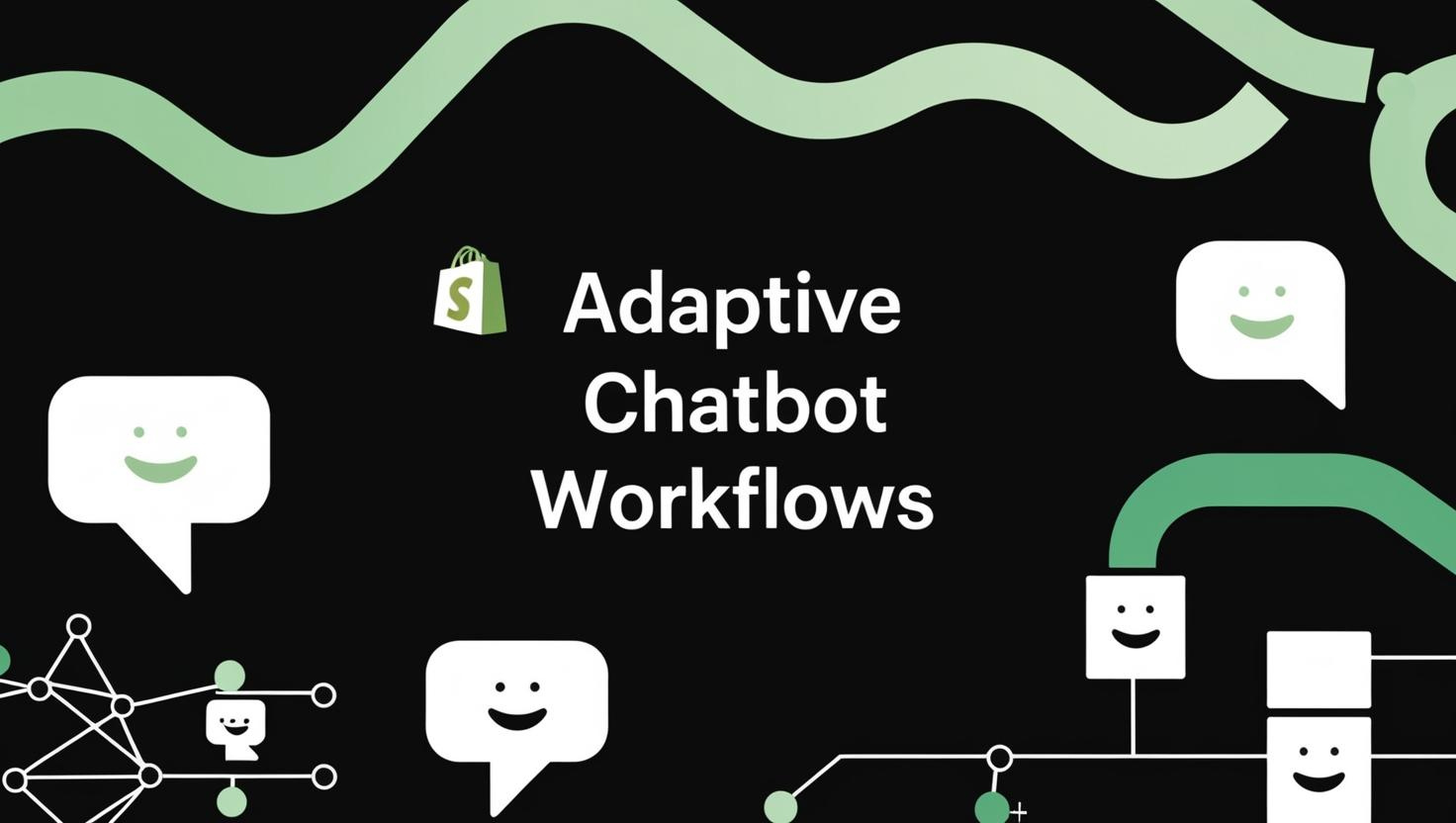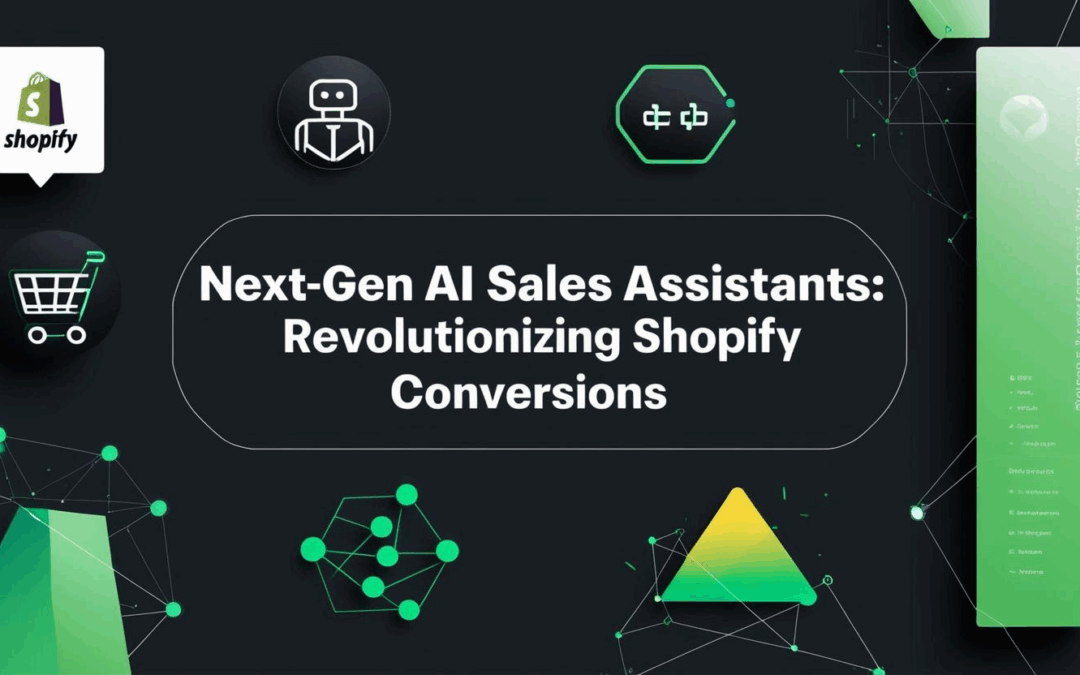Read More
Step-by-Step on SellerADvantage.co.uk
Read on LinkedIn
Read on Medium
Watch on YouTube
Next-Gen AI Sales Assistants: Revolutionizing Shopify Conversions
In the evolving landscape of ecommerce, technology continually reshapes how merchants engage with customers. Today’s shoppers expect more than static product pages; they demand personalized guidance, instant answers, and a seamless path to purchase. Next-generation AI sales assistants deliver on these expectations by leveraging natural language processing, machine learning, and real-time data analysis to interact with visitors as a skilled sales representative would. For Shopify store owners, integrating these intelligent helpers means translating curiosities into conversions with minimal friction.
While basic chatbots have been around for years, the latest innovations bring unprecedented sophistication. Rather than simple keyword matching, advanced conversation engines can understand context, sentiment, and intent—adapting responses on the fly to keep potential buyers engaged. Combined with predictive product recommendations, these assistants can anticipate needs by analyzing browsing behavior, purchase history, and emerging trends. The result is a dynamic shopping experience: every visitor feels understood, every question is answered promptly, and every session becomes an opportunity to drive revenue growth.
However, adopting this cutting-edge technology requires more than selecting a plugin and flipping a switch. Store owners must develop a clear strategy that aligns with business goals, customer profiles, and brand voice. From configuring dialogue flows and customizing prompts to integrating back-end systems for inventory checks and order processing, a successful rollout demands careful planning and ongoing optimization. In this article, we’ll explore three critical action points to help Shopify merchants harness the full potential of next-gen virtual sales assistants—and in turn, supercharge their conversion rates.

1. Implement Adaptive Chatbot Workflows
The foundation of an effective virtual sales rep lies in its ability to guide shoppers through tailored conversation paths. Rather than deploying one-size-fits-all scripts, configure dynamic workflows that adapt based on user inputs, browsing context, and real-time signals. Begin by mapping your typical customer journey—identifying key decision points such as product discovery, feature comparisons, and pricing questions. For each stage, create branching logic that offers relevant product suggestions, educational content, or promotional incentives.
To maximize impact, integrate your assistant with Shopify’s inventory APIs and customer database. When a visitor inquires about stock levels or variant availability, the helper can pull accurate data instantly. Similarly, for returning customers, leverage purchase history to upsell complementary items—boosting average order value without interrupting the conversational flow. Over time, analyze chat transcripts and engagement metrics to refine each branch, closing gaps and eliminating dead-ends. This continual iteration ensures your automated representative evolves alongside your catalog and shopper preferences, delivering ever-improving conversion efficiency.

2. Leverage Real-Time Customer Insights
Understanding shoppers at a granular level transforms a generic interaction into a persuasive sales dialogue. Advanced assistants tap into multiple data sources—browsing patterns, cart activity, loyalty program interactions, and even external signals like weather or regional trends—to inform every response. By configuring the system to surface relevant insights during a chat session, you empower the helper to offer hyper-personalized recommendations that resonate with the individual’s immediate needs.
For example, if a first-time visitor spends time on your best-selling outerwear collection while the local forecast predicts rain, the assistant can proactively highlight waterproof jackets and offer a limited-time discount code. Meanwhile, for subscribers of your loyalty program, the chatbot can mention available points and suggest items that can be redeemed with rewards. Establish real-time dashboards to monitor key indicators—conversion rates, average order value, and chat-to-order ratios—so you can quickly identify high-performing tactics and replicate them across segments. This data-driven approach ensures each engagement is meaningful, contextually relevant, and geared toward closing the sale.

3. Integrate Seamless Multi-Channel Engagement
Today’s consumers interact with brands across many touchpoints—website chat, email, SMS, and social media. To fully capitalize on AI-driven assistance, extend your virtual rep beyond the Shopify storefront into these adjacent channels. Start by unifying your customer profiles in a central CRM, ensuring each interaction thread is accessible regardless of origin. When a shopper abandons a cart after chatting with the assistant, trigger an automated follow-up email or text message that references the conversation and offers to complete the purchase with a one-click link.
Similarly, integrate the same conversational engine into Facebook Messenger or WhatsApp to capture social-driven inquiries. Ensure that conversation history carries over, so shoppers experience a consistent dialogue whether they return to the website or engage on mobile. This omnichannel orchestration not only boosts conversions by meeting customers where they are, but also reinforces brand trust through continuity and personalization. By providing a cohesive support network, you increase the chances of recovering lost sales and nurturing long-term loyalty.
Next-generation virtual sales representatives are more than a novel gimmick—they represent a strategic advantage for Shopify merchants seeking to stand out in a crowded market. By implementing adaptive conversation flows, leveraging live customer data, and orchestrating multi-channel engagement, you transform passive browsing into active buying. These intelligent systems work around the clock, scaling your sales capacity without adding headcount, while delivering personalized experiences that today’s shoppers demand.
Success with this technology hinges on intentional design and continuous refinement. Regularly review performance metrics, survey customer satisfaction, and iterate on dialogue scripts to eliminate friction points. Collaborate with your marketing and operations teams to ensure promotional offers, inventory details, and loyalty benefits are accurately reflected in the assistant’s responses. Over time, the combined insights will reveal new upsell opportunities and highlight product categories that benefit most from guided selling.
Embracing AI-driven assistance is not just about automating tasks—it’s about elevating the entire customer journey. When executed properly, these intelligent helpers foster deeper engagement, accelerate decision-making, and deliver measurable lifts in conversion rates and average order value. For Shopify store owners ready to pioneer next-gen commerce, integrating a sophisticated virtual sales rep is the next logical step toward sustained growth and competitive differentiation.
Any follow helps us out a lot – Thank-You!
If you like this article and want to explore further insights, discuss collaborative opportunities, or simply connect, please feel free to reach out to me on any of the following :
Work With Us
Hire Us on fiverr
Hire Us on upwork
🔴Book a FREE PPC Audit🔴




